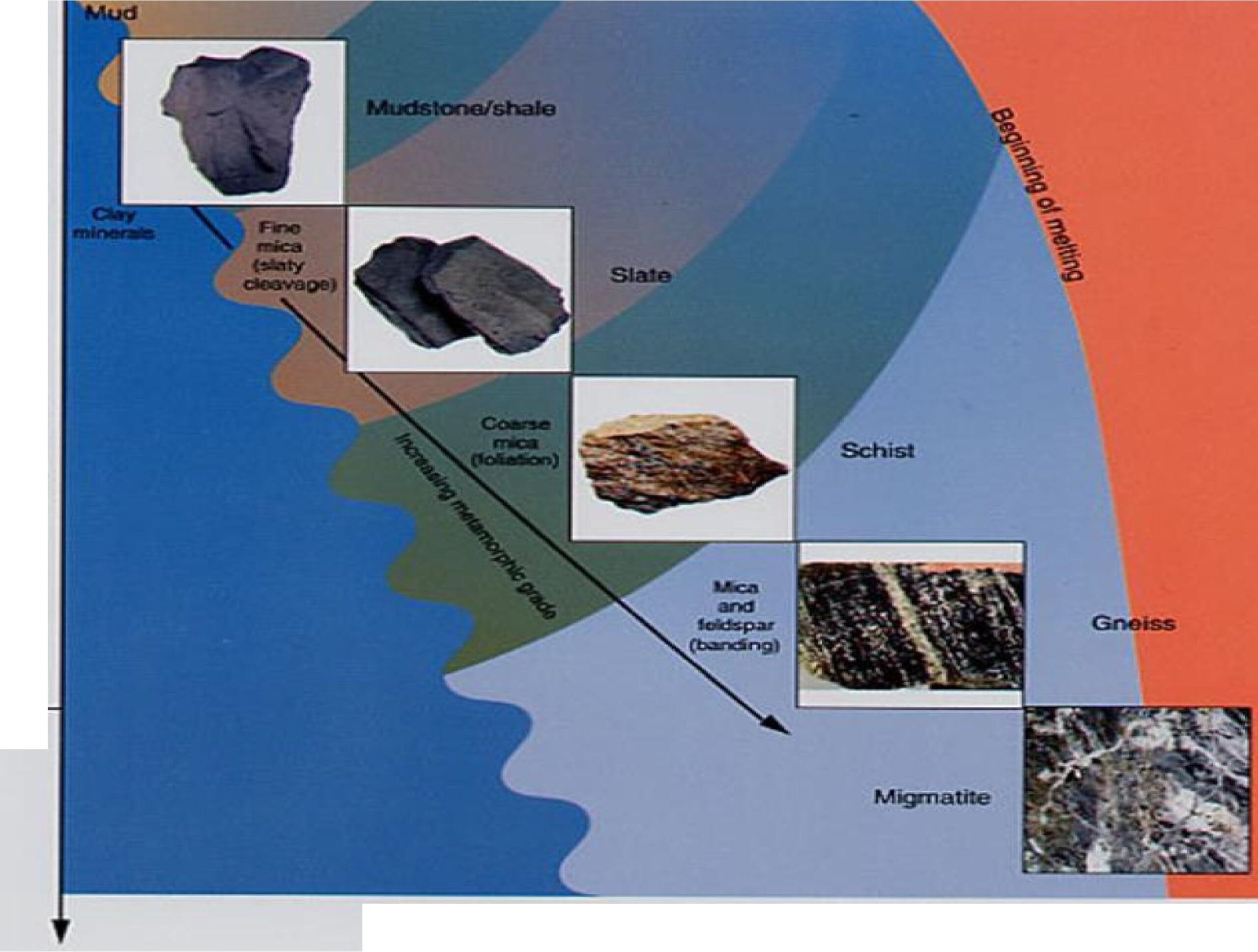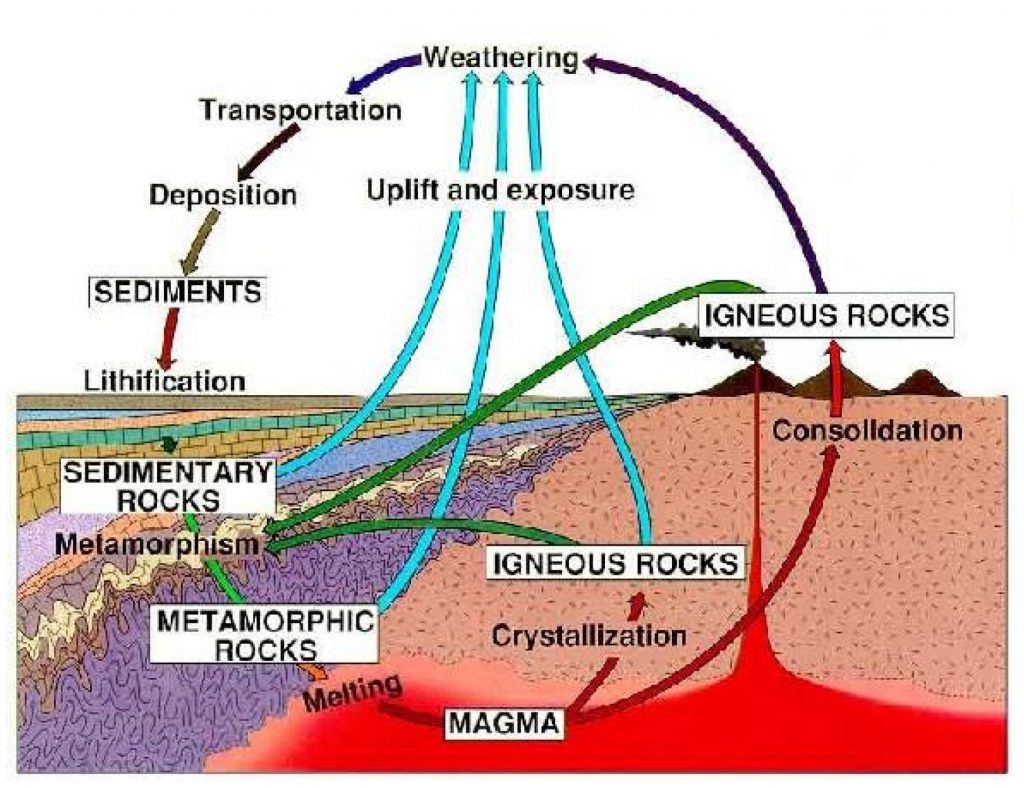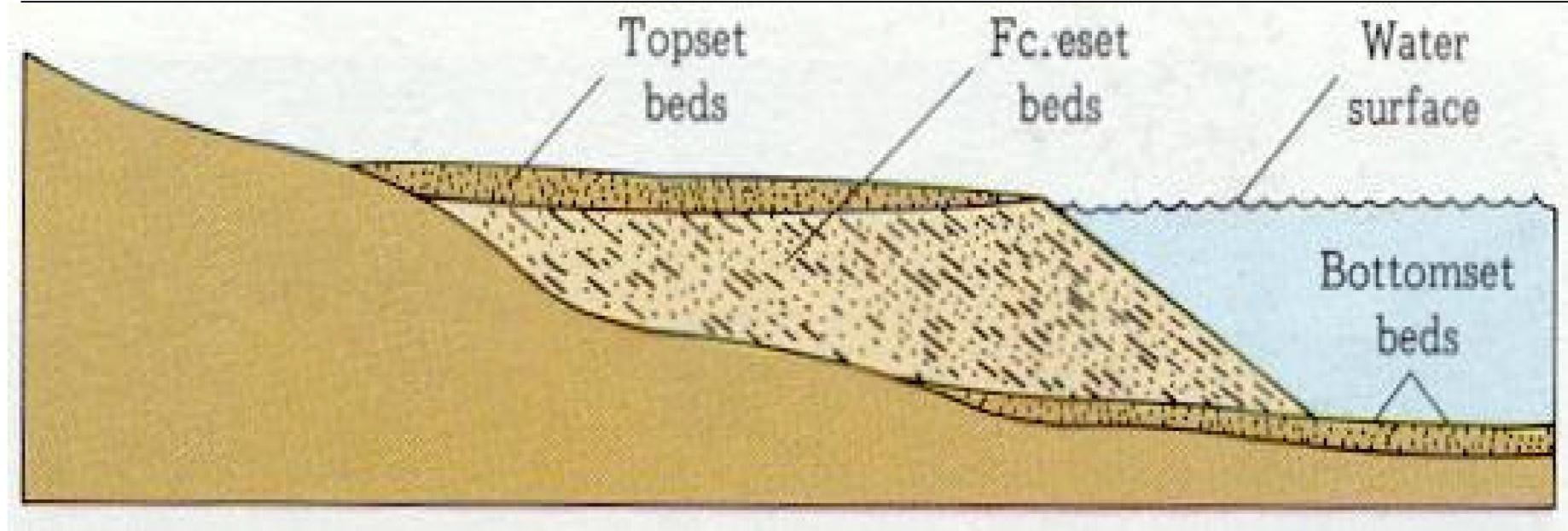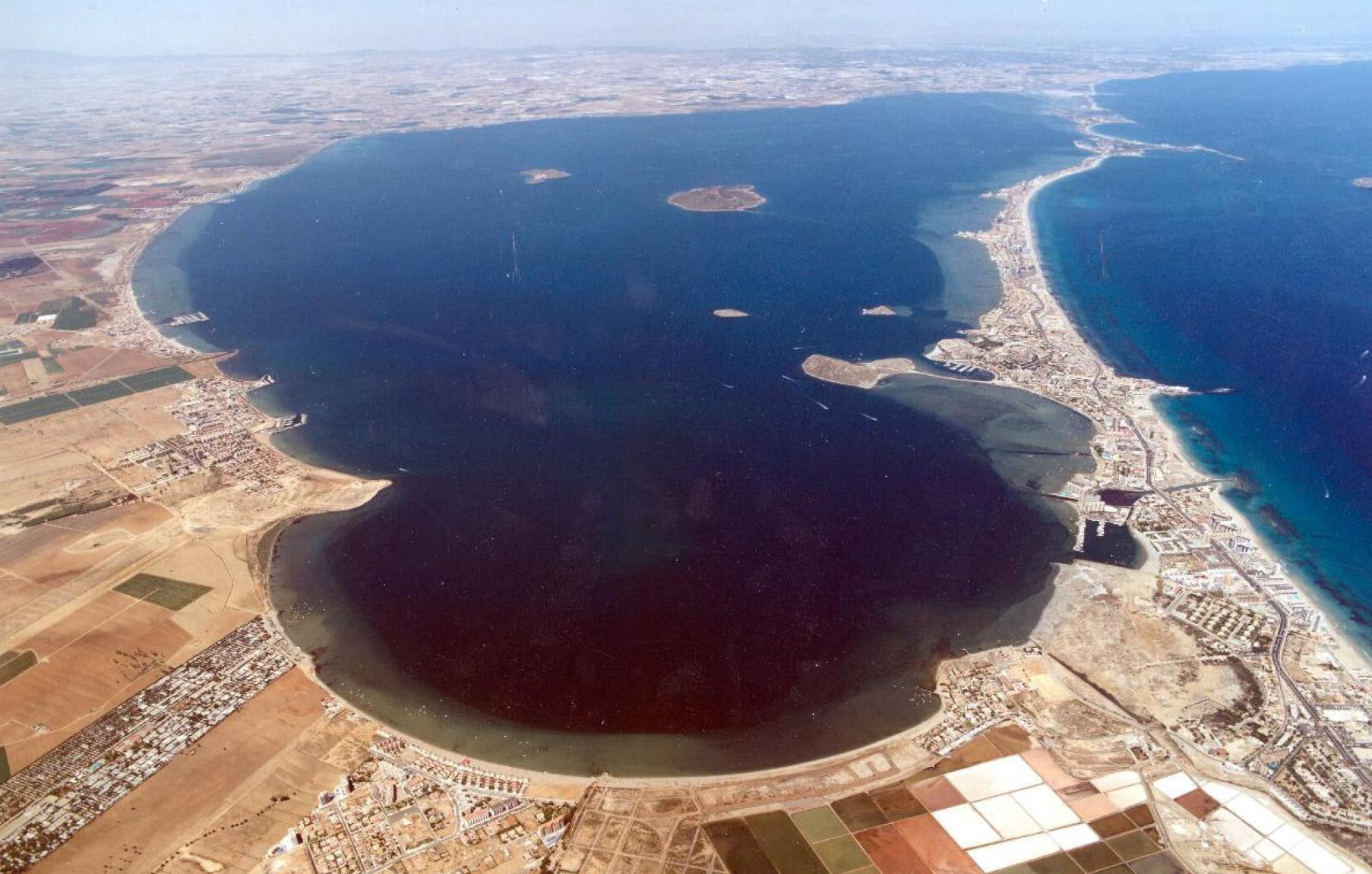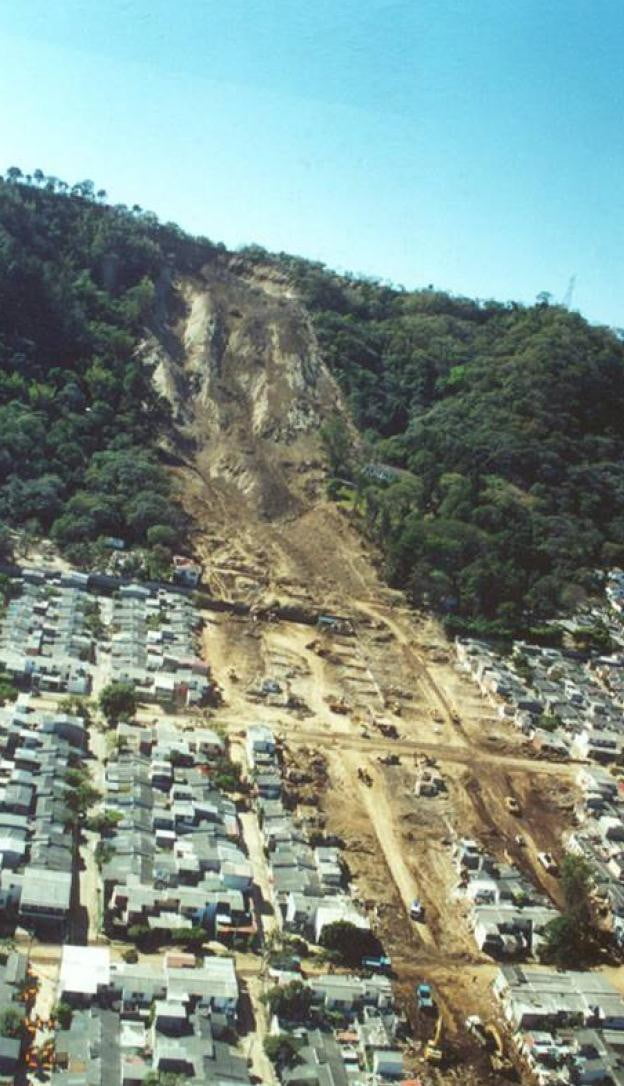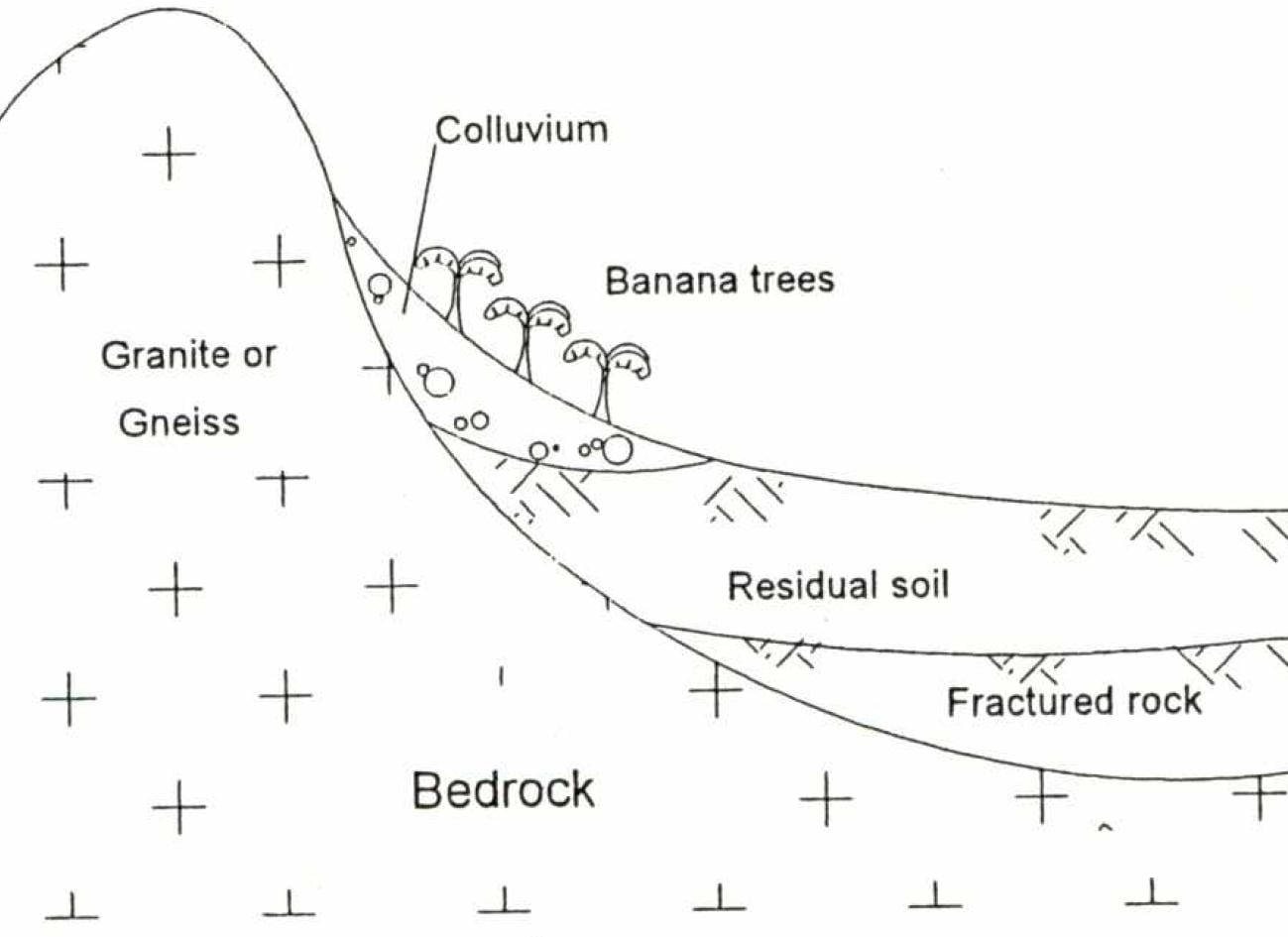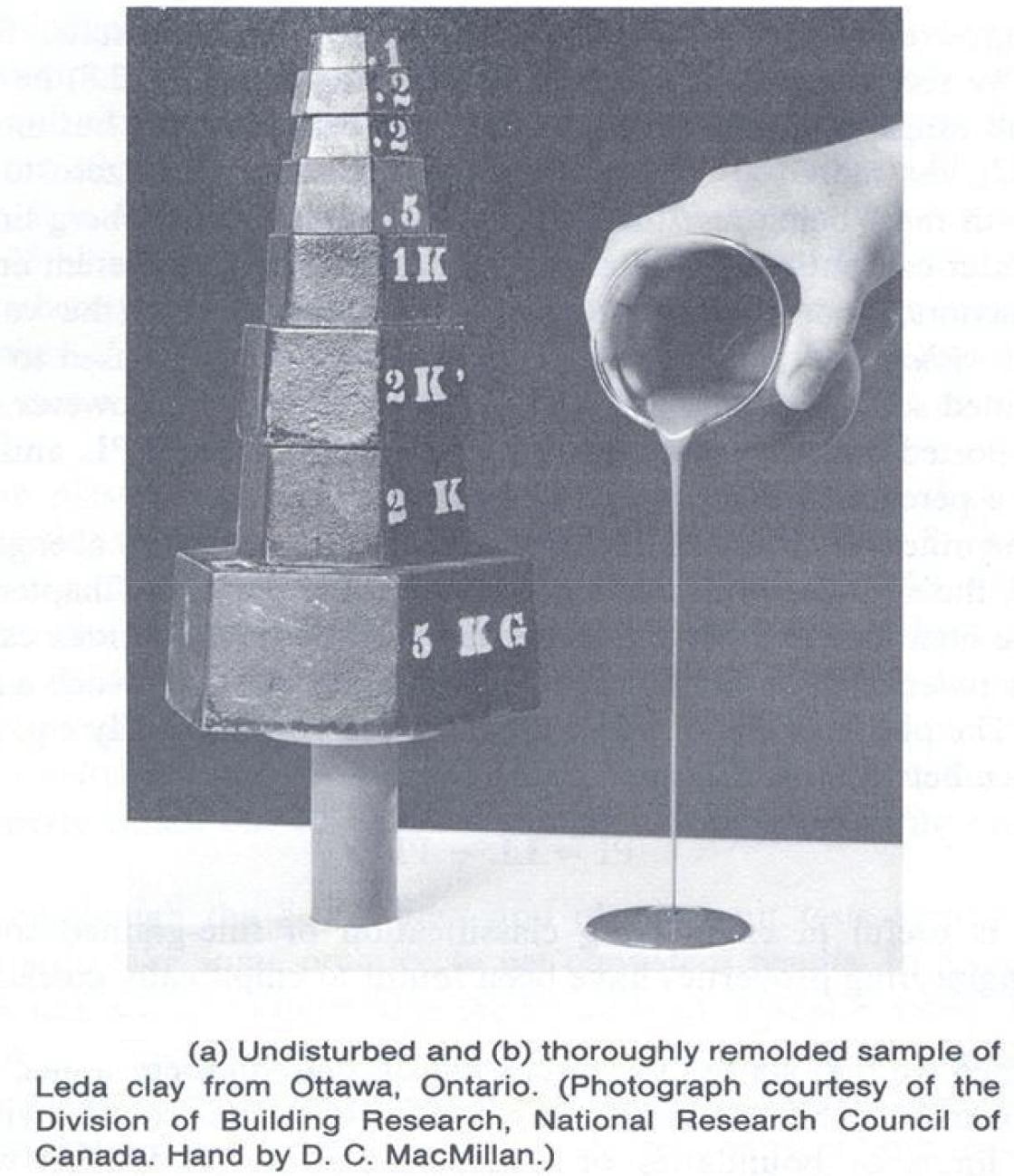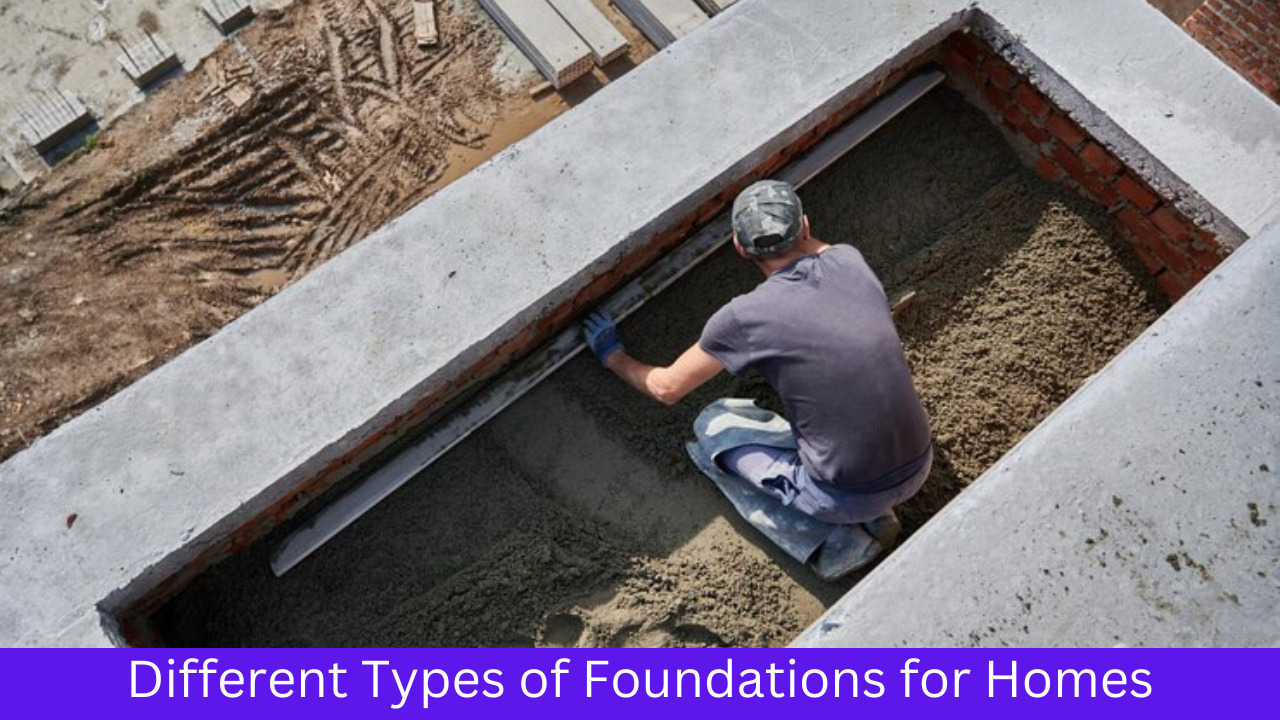Table of Contents
Earth’s core
The Crust has a thickness of about 10 to 40 km. It is mostly made up of light silicates with an average Gamma = 3 g/cm3.
The upper and lower mantle is about 3000 km thick, and is made up of metallic silicates and sulfides with Gamma = 3.5 to 6 g/cm3.
The liquid core is about 2100 km thick and is made up primarily of liquid Fe and Ni, with a Gamma = 10 g/cm3.
The solid inner core has a diameter of 1300 km and a Gamma = 13 g/cm3.
Igneous rocks
These are created when molten material such as magma (within the Earth) or lava (on the surface) cools and hardens. The hot materials crystallize into different minerals.
- The properties and sizes of various crystals depend on the magma’s composition and its rate of cooling.
- Examples: Granite, Obsidian, Basalat, Pumice, Andesite, Diorite, Rhyolite.
An example of a dike crossing through a limestone formation.
This rock is an intrusive igneous rock, that was formed by a pool of lava that hardens under the surface and then becomes visible when the surroundings get eroded.
Sedimentary Rocks
Sedimentary rocks are made up of sediments which are eroded from igneous, metamorphic, other sedimentary rocks, and even the remains of dead plants and animals.
- These materials are deposited in layers, or strata, and then squeezed and compressed into rock.
- Most fossils are found in sedimentary rocks.
- Examples: sandstone, shale, conglomerate, limestone, chert, coal, gypsum.
A conglomerate is a sedimentary rock that has pieces of other rocks glued.
Layered limestone at Trenton Falls, New York
A sandstone formation shows the bedding planes.

Metamorphic Rocks
- Metamorphic rocks are much less common at the earth’s surface than are sedimentary rocks.
- They are produced when sedimentary or igneous rocks literally change their texture and structure as well as mineral and chemical composition, as a result of heat, pressure, and shear.
- Examples: Marble, slate, quartzite, schist, gneiss
Metamorphism Process below in picture
Gneiss is formed from granite, gabbros and diorite that minerals in distinct bands
Marble is the melting and cooling of a limestone. The color is a function of the impurities of the parent limestone (pink for iron, etc.)
Different rock types found on Earth’s surface
Rock cycle
Basic types of rock :
- Igneous
- Sedimentary
- Metamorphic
ROCK CYCLE : is the formation cycle of different types of rock and the processes associated with them
Weathering
- Weathering converts exposed rock to soil in place
- Erosion transports dissolved or fragmented material from the source area where weathering is occurring to a depositional environment.
- Most of the earth’s surface is covered by exposure of sediment or sedimentary rock, by area.
- But the sediment layer is thin in most places, with respect to overall crustal thickness, so sedimentary rock is a minor volume fraction of the crust (in part by definition: once buried to the mid-crust, sediments get cooked to metasediments).
Origin of Soil
- Soil is a product of weathering.
- Weathering: process of breaking down of rocks by mechanical and chemical processes into smaller pieces.
- Mechanical weathering : expansion and contraction of rocks from the continuous gain and loss of heat.
- Chemical weathering: the original rock materials are transformed into new minerals by chemical reaction.
- Involve water and carbon dioxide from atmosphere that reacts with the existing rock minerals to form new minerals and soluble salts
Weathering
Mechanical Weathering
-
- Making little pieces out of big ones.
- Composition of original rocks does not change.
- Result: lithic fragments
Chemical Weathering
-
- Original minerals chemically break down.
- Result: formation of new minerals stable at Earth-surface conditions.
Soil Deposits
Soils can be categorized according to where they are ultimately deposited relative to the location of the parent rock.
- Residual soils: The products of weathered rocks may stay in the same place, in which case they are called residual rocks.
- Transported soils: If the soils are moved to other locations by rivers, ice, wind, and gravity, in which case they are called transported soils.
- Heterogeneous and anisotropic material
- Layered
Transportation of weathering products
Soil Classification
1) Transported soil
Transported soils: depends on their mode of transportation
- Glacial soils are transported and deposited by glaciers
- Alluvial soils are transported and deposited by streams and rivers
- Lacustrine soils are the deposits in quiet lakes
- Marine soils are deposited under seas
- Aeolian soils are transported and deposited by wind
- Colluvial soils are rapidly deposited soils via gravity in the form of mudslides or landslides.
2) Glacial soils
- The general term drift is applied to all deposits that are laid down directly by glaciers.
- Drift is called till when un-stratified (i.e. composed of boulders weighing several tons to gravels, sands, silts, and clay particles are all mixed up).
- The deposits of till produce topographical features called moraines.
- A terminal moraine is a ridge of till that marks the limit of glacier’s
- advance, whereas a great amount of till spread out across a valley floor to form a gentle rolling plain is called a ground moraine.
3) Glaciers

4) Lacustrine soils
- Lake deposition takes place as the river enters the large body of quiet water, which forces a drop of river’s flow velocity to practically zero.
- Shortly before arriving to the river-lake interface, the velocity drop is sufficient to drop gravels in the river bed.
- In the depths of the lake are found the silts and clays. As lake fill up, they turn into a marsh or bog.
- In cold climates they choke with un-decayed vegetable matter that will ultimately produce peat.
- Eventually surface dries out and the lake disappears.
- There are two distinct marine deposits: offshore and shore.
- Offshore deposits are very similar to lacustrine deposits, except that they are much larger in size and flocculation is insensitive due to high concentration of salts in the oceans.
- Shore deposits are the product of waves that break while arriving towards a shore, and drop suspended sand and silts to form a offshore bar or spit.
- Littoral transport is the term used for the transport of non-cohesive sediments, i.e. mainly sand, along the foreshore and the shoreface due to the action of the breaking waves and the longshore current. The littoral transport is also called the longshore transport or the littoral transport.
The “Mar Menor” lake in Spain was cut-off from the Mediterranean Sea by littoral drift
5) Wind Deposits
- Also known as aeolian deposits.
- Winds can move sandy soil particles by rolling them along the ground and lifting them in air.
- Wind deposited sands are known as dunes.
- Fine-grained soils can be airborne over long distances by winds.
- A wind-deposited silt is known as loess.

6) Colluvial soils
- Colluvial soils are produced by movement of soil from its original place by gravity, such as mudflows and landslides.
- Usually, the movement of soil is slow, and is called creep.
- In mountains, rocks fall and accumulate at the bottom forming a talus.
- Mudflows and landslides are very common in tropical areas due to high rainfall.
Soil-particle size
- Soils are generally called gravel, sand, silt or clay.
- Gravels are pieces of rocks.
- Sand particles are made of mostly quartz and feldspar.
- Silts are microscopic soil fractions that contain very fine quartz grains and some flake-shaped particles.
- Clays are mostly flake-shaped microscopic /sub-microscopic particles of mica, clay minerals etc.
Clays
What makes clays such interesting and dangerous soils for foundations?
This simple experiment shows the range of strength for a single clay sample
- The term clay refers to a number of earthy materials that are composed of minerals rich in alumina, silica and water. Clay is not a single mineral, but a number of minerals.
- When most clays are wet, they become “plastic” meaning that can be formed and molded into shapes.
- When clay is “fired”, the water is driven off and they become as hard as stone.
- Clay is easily found all over the world. As a result, nearly all civilizations have used some form of clay for everything from bricks to pottery to tablets for recording business transactions.
Physical characteristics of clays are:
- They can absorb water or lose water from simple humidity changes.
- When water is absorbed, clays will often expand as the water fills the spaces between the stacked silicate layers.
- Due to the absorption of water, the specific gravity of clays is highly variable and is lowered with increased water content.
- Clays tend to form from weathering and sedimentary processes with only a few examples of clays forming in primary igneous or metamorphic environments.














